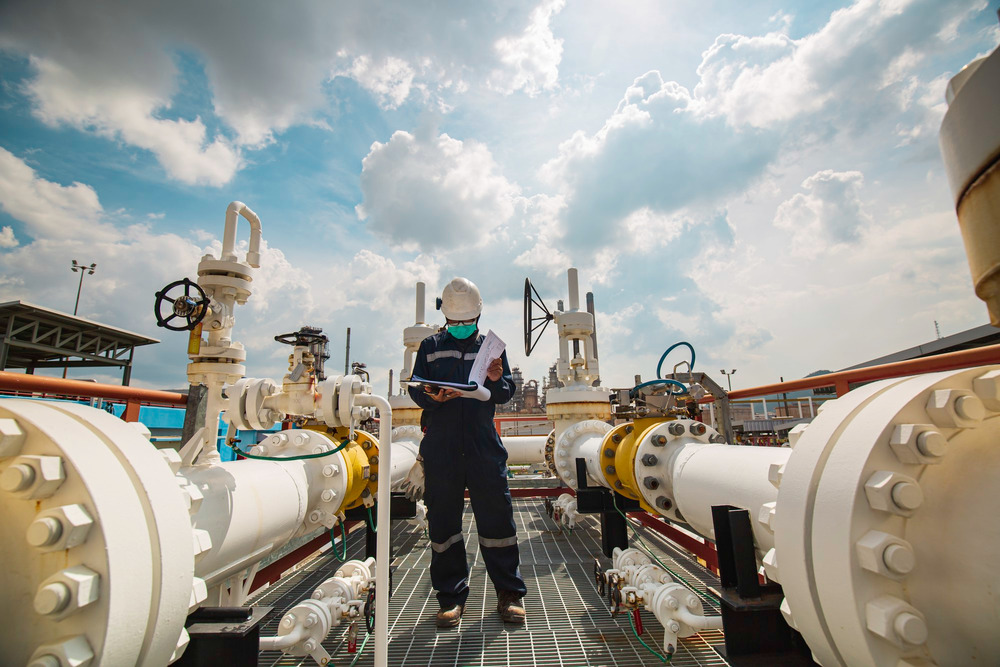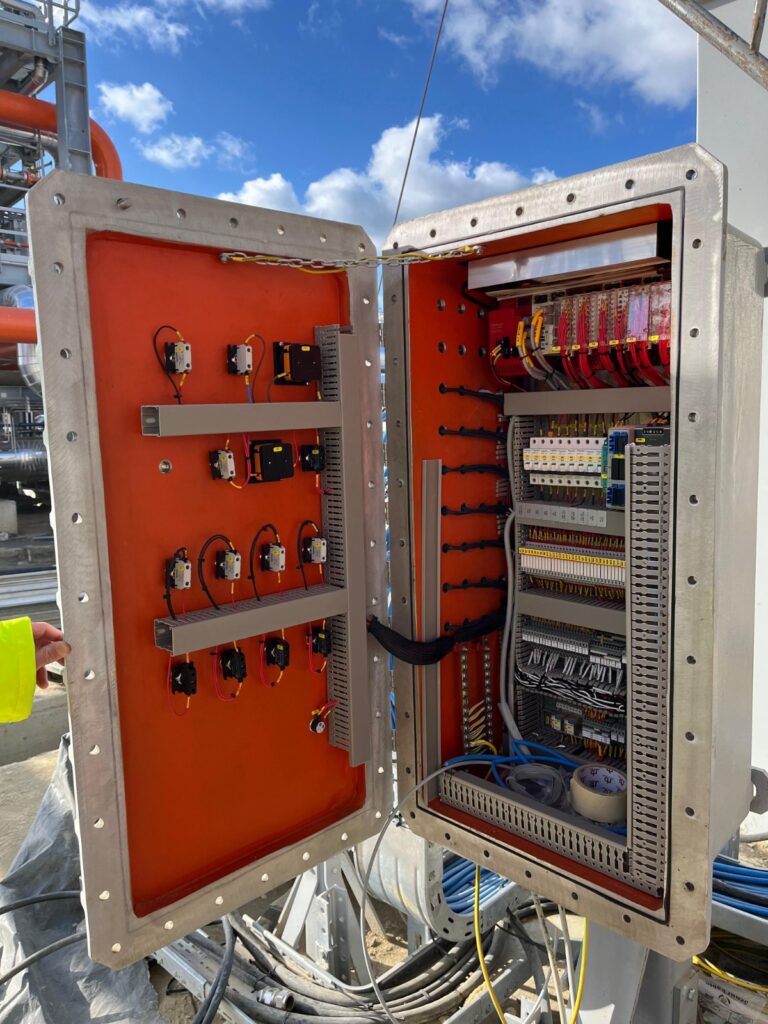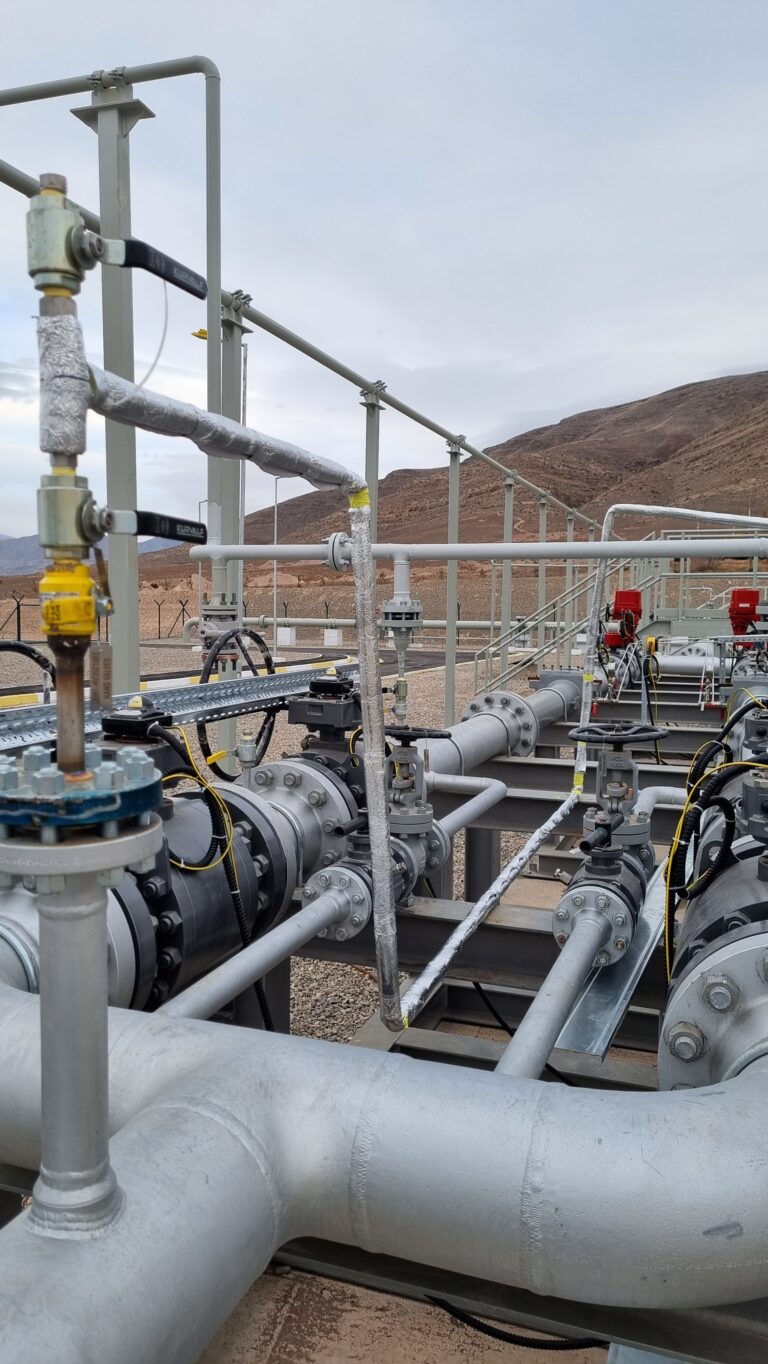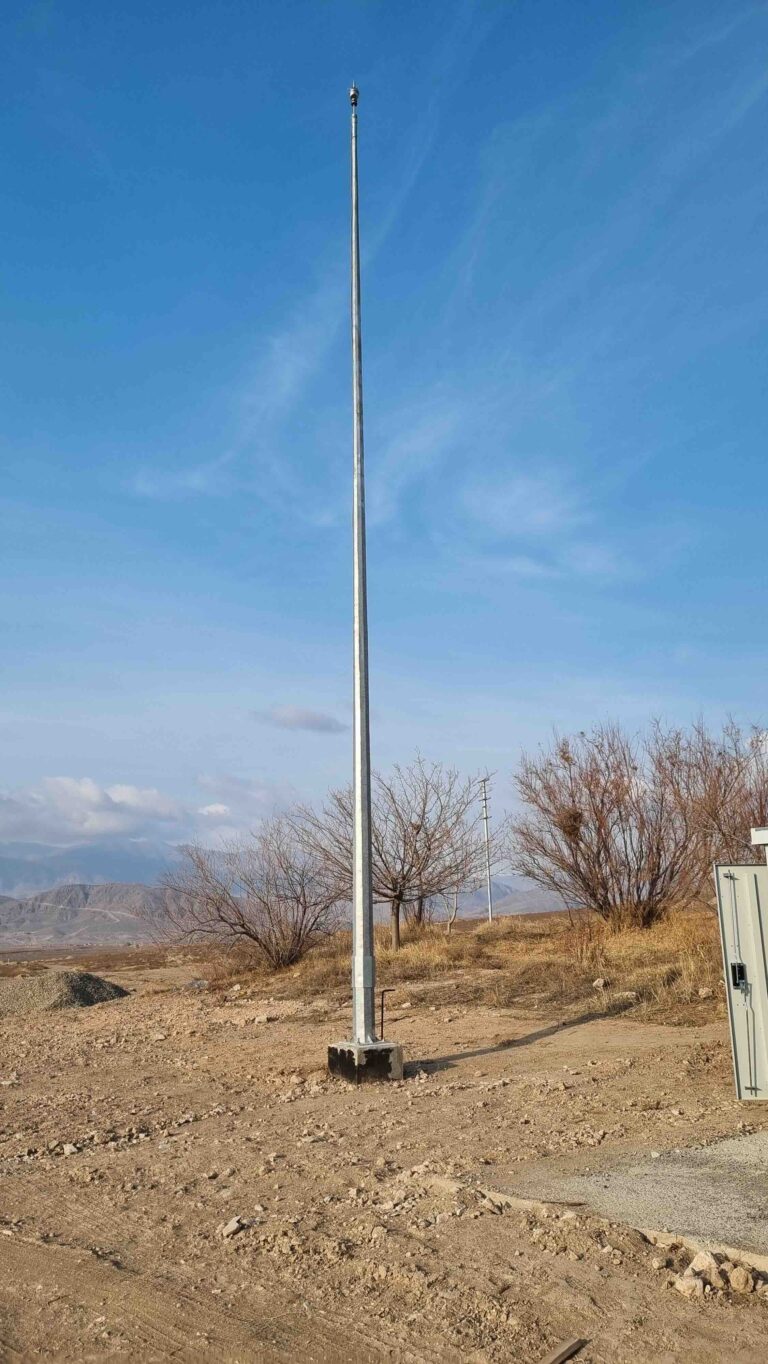What is Low Voltage? Where is it Used?
Low voltage systems play a vital role in everyday electrical infrastructure, powering everything from residential lighting to complex industrial control...
Devamını Oku

A pressure reducing station is a crucial system used in industrial and utility applications to regulate and control the pressure of gases or liquids within a pipeline. These stations ensure that the pressure remains at safe and optimal levels, preventing damage to downstream equipment and maintaining efficiency in operations. Natural gas pressure reducing stations are among the most common types, as they play a vital role in gas distribution networks.
These stations consist of multiple components such as pressure regulators, safety valves, filters, and control systems to manage pressure variations effectively. The primary purpose of a pressure reducing station is to reduce high inlet pressure to a controlled lower outlet pressure, ensuring the safety and performance of the entire system.
In industries such as natural gas distribution, chemical processing, and power generation, pressure reducing stations are indispensable for maintaining smooth and uninterrupted operations. Their design and functionality vary depending on factors like flow rate, pressure range, and operational environment. Additionally, the natural gas pressure reducing station price can vary based on capacity, design complexity, and additional safety features.
A pressure reduction station is a system designed to regulate and lower the pressure of gases or liquids in a pipeline to a safe and usable level. These stations are commonly used in industries where high-pressure fluids need to be distributed safely to various applications.
One of the primary uses of a pressure reducing station is in natural gas distribution networks, where gas is transported at high pressure from supply sources and then reduced to a manageable level before reaching residential, commercial, or industrial consumers. The station ensures that pressure remains stable and within the required limits, preventing any risks associated with overpressure.
The key components of a pressure reduction station typically include:
The design and functionality of a pressure reduction station depend on factors like the type of fluid, flow rate, operating pressure, and safety requirements. A well-designed station enhances system efficiency, extends the lifespan of pipelines and equipment, and ensures compliance with safety regulations.
A pressure reducing station plays a vital role in controlling and maintaining the correct pressure of gases or liquids in a pipeline system. Its primary function is to reduce high inlet pressure to a safe and stable level that downstream equipment and distribution systems can handle efficiently.
In industries such as natural gas distribution, power generation, and chemical processing, pressure must be carefully regulated to ensure both safety and efficiency. If the pressure is too high, it can damage equipment, cause leaks, or even lead to dangerous explosions. Conversely, if the pressure is too low, the system may not function correctly, leading to operational inefficiencies and supply shortages.
A natural gas pressure reducing station ensures that gas reaches end users—whether residential, commercial, or industrial—at the required pressure levels. This is crucial for appliances and machinery that depend on consistent gas flow. Additionally, these stations incorporate safety mechanisms such as relief valves and pressure monitoring systems to prevent overpressure conditions.
The natural gas pressure reducing station price varies depending on factors such as the station’s capacity, safety features, automation level, and material quality. Higher-end models with advanced control systems and monitoring technology tend to be more expensive but offer better efficiency and safety.
A pressure reducing station operates by lowering the high inlet pressure of a gas or liquid to a controlled, stable outlet pressure. This is achieved using specialized components that regulate and monitor the pressure throughout the system.
The working process typically follows these steps:
A natural gas pressure reducing station must be designed to handle varying flow rates and pressure demands while ensuring efficiency and safety. The complexity of these stations can impact the natural gas pressure reducing station price, with high-tech models offering greater precision and automation.
A pressure reducing station is used in various industries where gas or liquid pressure must be controlled for safe and efficient operation. These stations are essential in preventing excessive pressure that could damage equipment or cause safety hazards.
The application of these stations varies based on system requirements, flow rates, and pressure levels. The natural gas pressure reducing station price depends on the complexity of the design, safety features, and automation level.
Designing an efficient and reliable pressure reducing station requires careful consideration of various factors, including pressure control, safety mechanisms, and operational efficiency. A well-designed system ensures smooth operation, minimizes pressure fluctuations, and enhances safety.
A well-planned design not only improves operational efficiency but also influences the natural gas pressure reducing station price, as high-quality materials and advanced automation increase costs. However, investing in a robust system ensures long-term reliability and safety.
Installing a pressure reducing station requires careful planning, adherence to safety regulations, and proper execution to ensure efficient and secure operation. Mistakes in installation can lead to system failures, pressure fluctuations, or hazardous conditions.
Proper installation ensures the long-term reliability and efficiency of the station, ultimately affecting the natural gas pressure reducing station price by reducing maintenance costs and preventing operational failures.

Low voltage systems play a vital role in everyday electrical infrastructure, powering everything from residential lighting to complex industrial control...
Devamını Oku
Heat tracing is a heating method used in industrial and commercial areas to prevent pipes, tanks, and other surfaces from...
Devamını Oku
Industrial facilities are among the most vulnerable structures when it comes to lightning strikes due to their wide surface areas,...
Devamını OkuPROTECTION OF PERSONAL DATA
WEBSITE COOKIE POLICY
Your personal data; It is one of the leading principles of our Organization to protect the privacy of visitors to the website (www.adatech.com.tr) operated by ADATECH as the data controller. This Cookie Usage Policy (“Policy”) explains to all our website visitors and users which types of cookies are used and under what conditions.
Cookies are small text files stored on your device or network server by websites you visit on your computer or mobile device.
They are generally used to provide you with a personalized experience during your use of the website you visit, to improve the services offered and to improve your experience, and may contribute to ease of use while browsing a website. If you do not prefer the use of Cookies, you can delete or block Cookies in your browser settings. However, we would like to remind you that this may affect your use of our website. Unless you change your cookie settings in your browser, we will assume that you accept the use of cookies on this website.
1. WHAT KIND OF DATA IS PROCESSED IN COOKIES?
Cookies on websites, depending on their type, collect data about your browsing and usage preferences on the device you visit the site. This data includes information about the pages you access, the services and products you review, your preferred language option and other preferences.
2. WHAT is a solution and what are its intended uses?
Cookies are small text files that are stored on your device or network server through browsers by websites you visit. These small text files, which contain your preferred language and other settings on the site, help us remember your preferences the next time you visit the site and make improvements to our services to improve your experience on the site. Thus, you can have a better and personalized usage experience on your next visit.
The main purposes of using cookies on our Website are listed below:
3.TYPES OF COOKIES USED ON OUR WEBSITE
3.1. Oturum Çerezleri
Session cookies ensure that the website functions properly during your visit. They are used for purposes such as ensuring the security and continuity of our sites and you during your visit. Session cookies are temporary cookies, they are deleted when you close your browser and come to our site again, they are not permanent.
3.2. Persistent Cookies
These types of cookies are used to remember your preferences and are stored on your device via browsers. Persistent cookies remain stored even after you close your browser or restart your computer from which you visited our site. These cookies are kept in subfolders of your browser until they are deleted through your browser’s settings.
Some types of persistent cookies may be used to provide you with special suggestions, taking into account issues such as your purpose of using the Website.
Thanks to persistent cookies, if you visit our Website again with the same device, it is checked whether there is a cookie created by our Website on your device and if there is, it is understood that you have visited the site before and the content to be transmitted to you is determined accordingly and thus a better service is provided to you.
3.3. Mandatory/Technical Cookies
These cookies are essential for the website you visit to function properly. The purpose of such cookies is to provide necessary services by enabling the website to function. For example, it allows you to access secure parts of the website, to use its features, to navigate on it.
3.4. Analytical Cookies
They collect information about the way the website is used, the frequency and number of visits, and show how visitors navigate to the site. The purpose of using such cookies is to increase performance by improving the way the site functions and to determine the general trend direction. They do not contain data that could enable the identification of visitors. For example, they show the number of error messages displayed or the most visited pages.
3.5. Functional/Functional Cookies
It saves the choices made by the visitor within the site and remembers them on the next visit. The purpose of such cookies is to provide ease of use to visitors. For example, it prevents the site user from re-entering the user password on each page they visit.
3.6. Targeting/Advertising Cookies
They enable the measurement of the effectiveness of advertisements served to visitors and the calculation of the number of times the advertisements are viewed. The purpose of such cookies is to serve ads customized to the interests of visitors.
Likewise, they enable the detection of visitors’ interests specific to their browsing and the presentation of appropriate content. For example, it prevents the advertisement shown to the visitor from being shown again in a short time.
4. HOW TO MANAGE COOKIE PREFERENCES?
To change your preferences regarding the use of cookies or to block or delete cookies, simply change your browser settings.
Many browsers give you the option to accept or reject cookies, accept only certain types of cookies, or be alerted by the browser when a website requests to store cookies on your device so that you can control cookies.
It is also possible to delete cookies previously saved in your browser.
If you disable or refuse cookies, you may need to set some preferences manually, some features and services on the website may not function properly as we will not be able to recognize and associate your account. You can change the settings of your browser by clicking on the relevant link from the table below.
5. ENFORCEMENT OF WEBSITE PRIVACY POLICY
Website Privacy Policy …./…./…./…. . is dated. In case all or certain articles of the Policy are renewed, the effective date of the Policy will be updated. The Privacy Policy is published on the website of the Authority (www.adatech.com.tr) and made available to the relevant persons upon the request of the personal data owners.
ADATECH
Address: Esenyalı Neighborhood Yanyol Street Varyap Plaza No:61-148 Pendik / Istanbul
Telephone: +90 (216 ) 514 80 69
E-mail: [email protected]
Web Address: www.adatech.com.tr